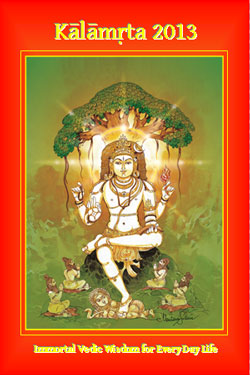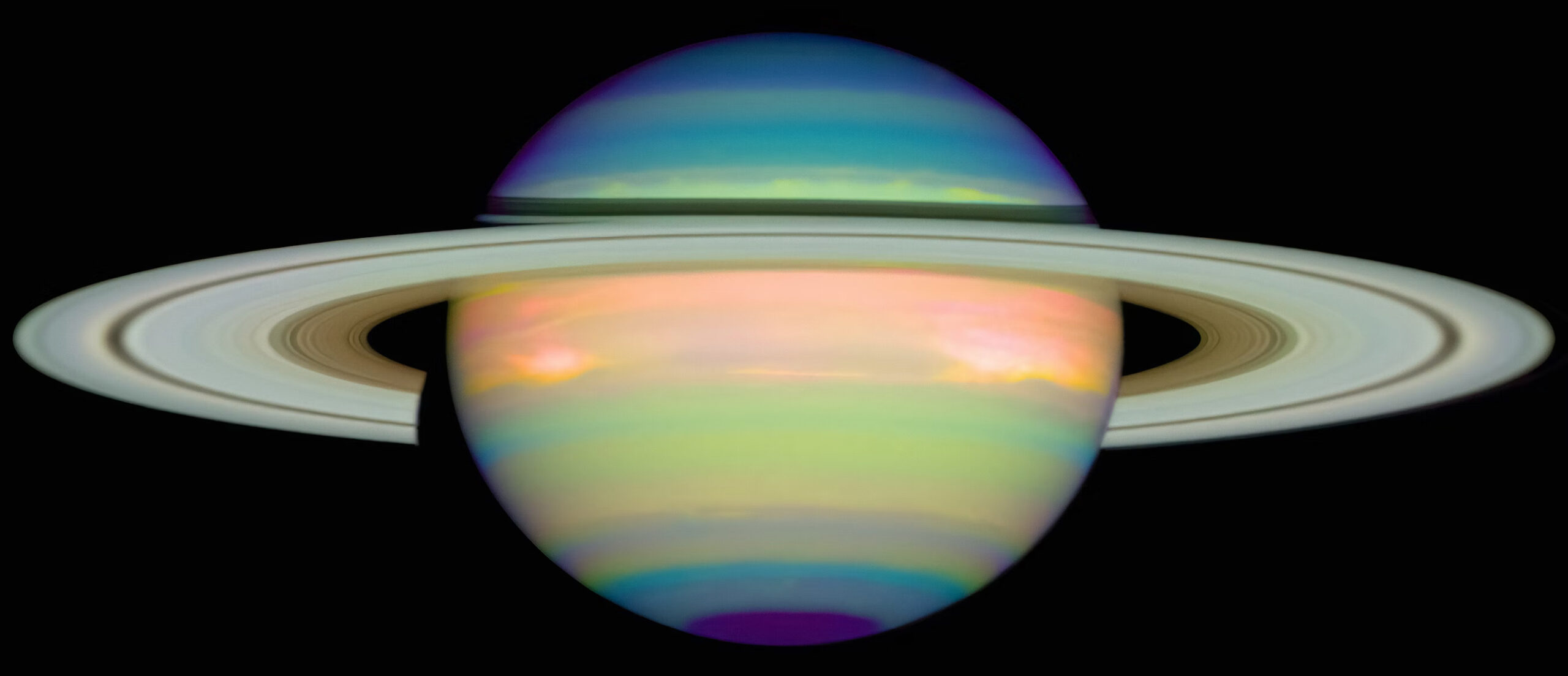Spring | Summer | Fall | Winter | |
2025 | Volume 67 |
| Volume 65 | Volume 66 |
Volume 17, 21 June 2012
“Don't judge each day by the harvest you reap but by the seeds that you plant.”
The Morning Star and Evening Lights
I hope many of you had a chance to see and read about the dramatic transit of Venus over the face of the Sun. It was extraordinary to see that image captured before our eyes. Venus has now “crossed over” and instead of that dazzling evening star, it will be the magnificent harbinger of dawn.
Once again, Venus will join up with Jupiter in close proximity but this time it will be around an hour before sunrise above the east/northeast horizon. This association with Jupiter will last through mid July. A particularly close connection between Venus, Jupiter and the giant red star Rohini (Aldebaran) will be visible on July 1st. Though it will separate from Jupiter, Venus will increase its distance from the Sun reaching the maximum separation west of the Sun on August 15th. Its brilliance will be dazzling high in the sky before sunrise.
The star named Chitra (Spica) will be featured August evenings when Mars and Saturn are in late Virgo very tightly conjoined. About an hour after sunset during August this combination should be visible in the West/Southwest horizon. August 1st is an especially good view as they will be in a tight triangle.
There is one particularly interesting configuration on September 8 around an hour before sunrise. Jupiter will be in a very close conjunction with a third quarter Moon near Rohini. What is particularly notable is that below them will be a series of other bright stars such as Betelgeuse, Rigel and Sirius (non zodiacal stars but very showy) almost in a straight line.
Balmy summer is such a wonderful time for star gazing. Hoping we all can take advantage of the inspiring sight of the cosmic lights.
The Limbs of Jyotisha Part III
When we think about astrology, we normally gravitate to that which is most interesting - our own charts! For this reason, the third limb of Jyotisha which is called Jataka is the one that most truly resembles what we regard as the practice of astrology.
We can define Jataka as the astrological calculation of a nativity. It also means a new -born child or to be born under. Jataka is the branch of Jyotisha that uses astrological techniques to reveal the trajectory of the life of a particular individual who wishes to have that information. Properly done, the individual also receives information on how the use of free will can interface with the projected patterns of fructifying karma thereby effecting positive changes.
The unfolding of the destiny pattern is contingent upon an astrologer’s understanding of the cosmic pattern at the time of the casting of the birth chart. That very casting requires calculations of various kinds. Therefore the limbs of Gola and Ganita discussed in earlier newsletters are the basis for Jataka.
The scope of Jataka in terms of understanding the individual human condition boggles the mind. Every facet of our lives is factored in from the conception and pregnancy of our mother to the manner of our passing. It can discuss such disparate topics as deeply seated emotional and psychological conditioning that influence how one moves through life to what color your next car will be.
To paraphrase Varahamihira, great sage of this tradition, truly the ocean of Jyotisha is too vast to be crossed in one lifetime.
A Daily Dose of Muhurta
We all hit rough spots in our day but have you ever thought that there might be an underlying reason? Followers of traditional Jyotisha especially in South India are aware that there is a well defined period of time in each day that is considered inauspicious for initiating activities. This inauspicious segment is called Rahu Kalam or the time of Rahu.
Rahu Kalam lasts approximately 90 minutes. The variation in length is due to the fluctuations in the daylight hours that occur seasonally and from locality to locality. The time between sunrise and sunset in a locality is calculated on a daily basis and divided into eight sections. One of these eight sections will be Rahu Kalam and it will vary depending on the day of the week.
The formula is as follows: Sundays it is the 8th or last segment of the day, Monday the 2nd, Tuesday the 7th, Wednesday the 5th, Thursday the 6th, Friday the 4th and Saturday the 3rd.
An Indian Panchanga (a cross between a calendar, ephemeris and an almanac) will list the span of Rahu Kalam every day. I have referenced a publication below in the Media Corner that shows these time periods for San Ramon and can be extrapolated for other areas in the country. However, for greater accuracy, there is a website called mypanchang.com that will give you this information for a city close to you.
Try it out and see if you can facilitate a smoother ride through the day when you avoid scheduling something important or making that critical call when Rahu Kalam is running. Please keep in mind that it is OK to start something before Rahu Kalam starts even if your activity extends into the Rahu Kalam period. The problem is initiating something during Rahu Kalam.
Media Corner
Kalamrita - The Nectar of Time

I did a review of this publication three years ago and I am happy to see that it has developed beautifully. The current 2012 edition is dedicated to Saraswati and contains beautiful Puranic stories, illustrations and articles on Sanskrit. 2013 will be devoted to the great Dakshinamurthi - the first teacher and the teaching form of Lord Siva. As a relatively unfamiliar deity to many, the unfoldment of Dakshinamurthi’s role in the Vedic tradition will be especially precious. It will also include articles on Hasta Samudrika (hand analysis) and some fascinating material on eclipses including what shastra recommends to do and not to do during those times.
The 2012 edition is being offered for free for those who order 2013 at a price of $20. The website is www.kalamrita.com.












